In my previous post I carelessly used that pernicious passive voice and in retrospect I see that I conveyed a meaning I did not intend. I have since marked a correction to it in that post and fully intend to have a quiet but sharp word with my proof reader.
But has anyone ever heard of a religious group ever naming itself after the hometown of its founder? What would be the point? Is the religion acting as a tourist promoter to the home of its founder?
No, religious groups generally prefer to name themselves in a way that identifies something of their beliefs or practices.
We have indications that some early Christians called themselves something like “Nazoreans”, and the name has been linked etymologically to something meaning “keeper” or “observer”.
Those who try to say that the name originated as a reference to the town of Jesus’ boyhood are presenting an argument that ignores the etymological argument and makes no sense as the sort of thing people do.
Outsiders name other religions anything under the sun. But that’s quite a different matter.


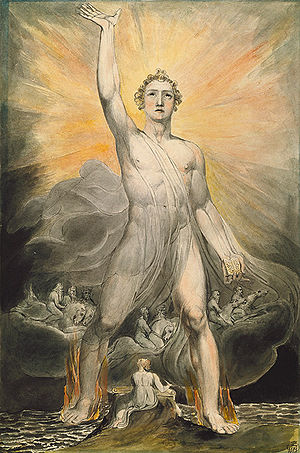

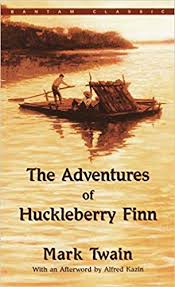
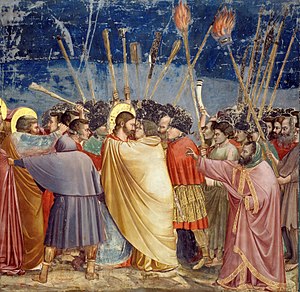

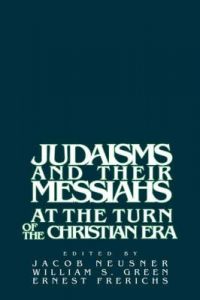

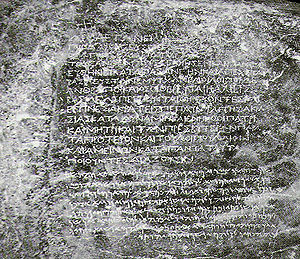
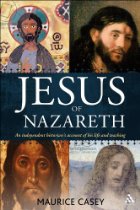 Maurice Casey
Maurice Casey